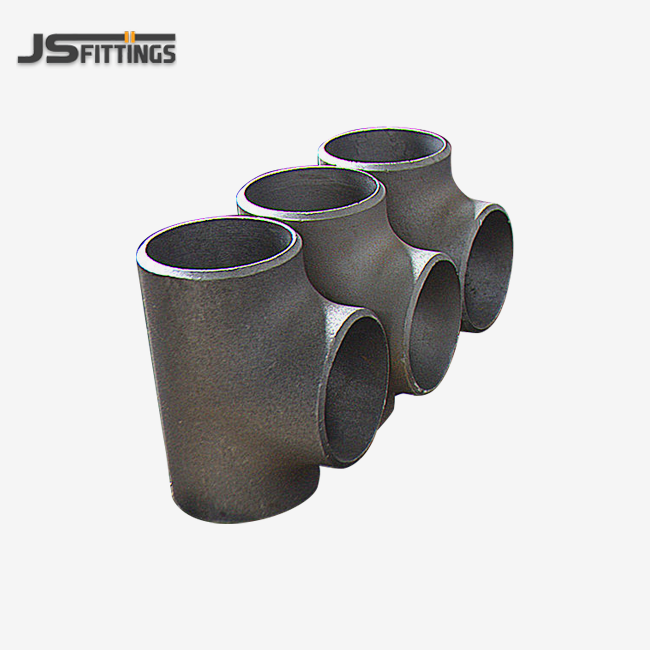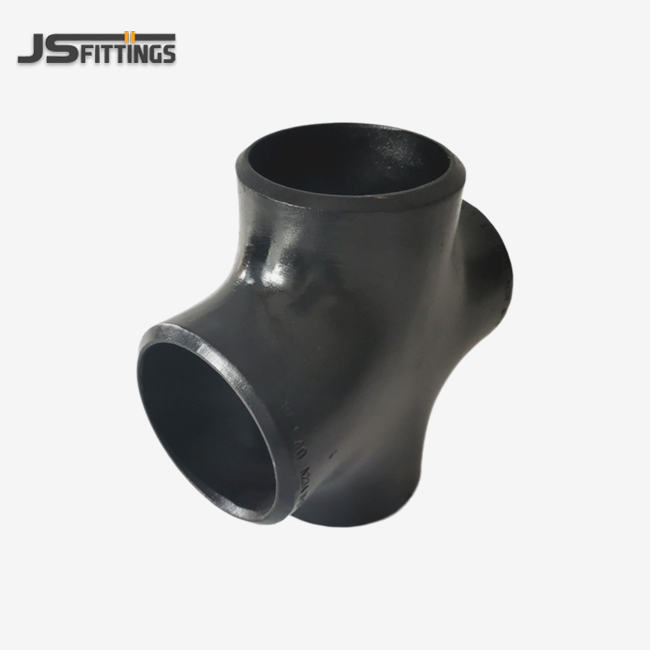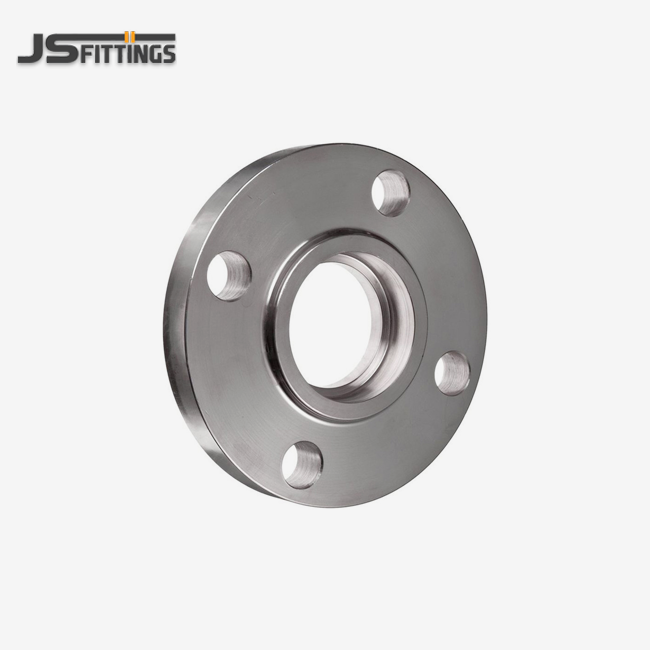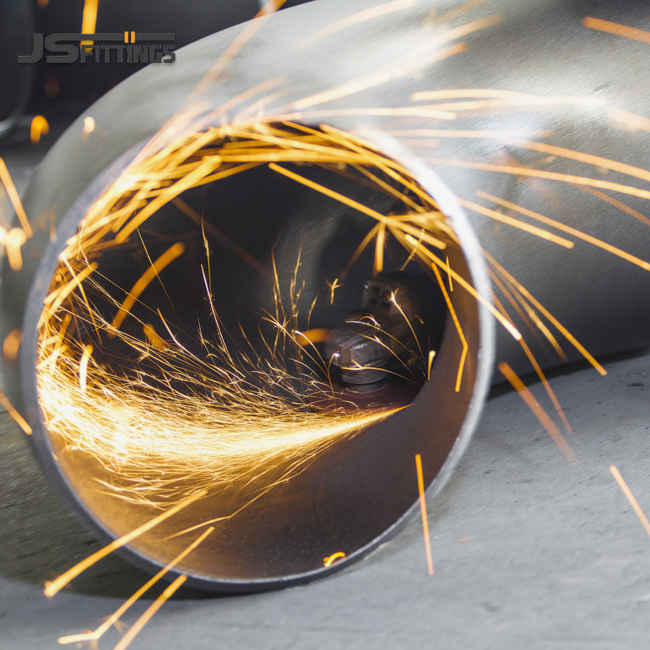- English
- French
- German
- Portuguese
- Spanish
- Russian
- Japanese
- Korean
- Arabic
- Greek
- German
- Turkish
- Italian
- Danish
- Romanian
- Indonesian
- Czech
- Afrikaans
- Swedish
- Polish
- Basque
- Catalan
- Esperanto
- Hindi
- Lao
- Albanian
- Amharic
- Armenian
- Azerbaijani
- Belarusian
- Bengali
- Bosnian
- Bulgarian
- Cebuano
- Chichewa
- Corsican
- Croatian
- Dutch
- Estonian
- Filipino
- Finnish
- Frisian
- Galician
- Georgian
- Gujarati
- Haitian
- Hausa
- Hawaiian
- Hebrew
- Hmong
- Hungarian
- Icelandic
- Igbo
- Javanese
- Kannada
- Kazakh
- Khmer
- Kurdish
- Kyrgyz
- Latin
- Latvian
- Lithuanian
- Luxembou..
- Macedonian
- Malagasy
- Malay
- Malayalam
- Maltese
- Maori
- Marathi
- Mongolian
- Burmese
- Nepali
- Norwegian
- Pashto
- Persian
- Punjabi
- Serbian
- Sesotho
- Sinhala
- Slovak
- Slovenian
- Somali
- Samoan
- Scots Gaelic
- Shona
- Sindhi
- Sundanese
- Swahili
- Tajik
- Tamil
- Telugu
- Thai
- Ukrainian
- Urdu
- Uzbek
- Vietnamese
- Welsh
- Xhosa
- Yiddish
- Yoruba
- Zulu
Uses for Steel Buttweld in Piping?
Steel buttweld associations serve as the spine of cutting edge mechanical channeling frameworks, giving consistent integration and prevalent basic keenness over differing applications. These welded joints kill potential spill focuses whereas keeping up full bore stream characteristics fundamental for high-pressure operations. The flexibility of Steel Butt Weld Fittings makes them vital in oil and gas pipelines, chemical handling plants, control era offices, and marine establishments. Not at all like strung or flanged associations, buttweld joints make lasting, high-strength bonds competent of withstanding extraordinary temperatures, weights, and destructive situations. Present day fabricating guidelines guarantee these fittings comply with ASME B16.9, EN 10253, and GOST determinations, conveying solid execution in basic framework ventures worldwide.

Industrial Applications of Steel Buttweld Systems
Oil and Gas Pipeline Networks
Oil and gas pipeline networks represent the most demanding applications for Steel Butt Weld Fittings, where reliability and safety are paramount concerns. Transmission pipelines operating at pressures exceeding 1,000 PSI require seamless connections that eliminate potential failure points throughout thousands of miles of infrastructure. Carbon steel grades like ASTM A234 WPB provide excellent strength-to-weight ratios while maintaining cost-effectiveness for large-scale projects. Offshore platforms utilize corrosion-resistant alloy steel fittings including WP11 and WP22 grades to withstand harsh marine environments and high-temperature hydrocarbon streams. The absence of flanged joints reduces maintenance requirements and eliminates potential leak paths that could result in catastrophic environmental consequences. Specialized coatings including epoxy and polyethylene systems protect buried pipeline sections from soil corrosion while maintaining structural integrity over decades of service. Advanced non-destructive testing protocols ensure complete penetration and fusion quality throughout the welded joint, meeting stringent industry standards for pipeline integrity management programs.
Refinery and Petrochemical Processing
Refinery and petrochemical processing facilities demand Steel Butt Weld Fittings capable of withstanding complex chemical environments and extreme operating conditions. Process piping systems handling crude oil fractions, catalytic reforming streams, and hydrocracking operations require materials resistant to hydrogen sulfide corrosion and high-temperature creep. Stainless steel grades including ASTM A403 WP316L provide exceptional resistance to chloride-induced stress corrosion cracking in fluid catalytic cracking units. Duplex steel fittings offer superior strength and corrosion resistance for seawater cooling systems and desalination processes within integrated refinery complexes. The smooth internal bore profile of welded fittings minimizes pressure drop and turbulence, critical factors in maintaining process efficiency and product quality. Alloy steel compositions including WP9 and WP91 handle high-temperature hydrogen streams in hydrotreating units while resisting carbide precipitation and embrittlement. Quality control procedures including positive material identification and hardness testing ensure material traceability and compliance with process safety management requirements.
LNG and Cryogenic Applications
Liquefied natural gas facilities and cryogenic applications require specialized Steel Butt Weld Fittings engineered for ultra-low temperature service conditions. Austenitic stainless steel grades maintain ductility and toughness at temperatures approaching -196°C, essential for LNG storage and transfer systems. Impact testing at operating temperatures validates material performance and prevents brittle fracture in critical piping components. Nickel alloy fittings including Incoloy 825 provide superior performance in mixed refrigerant systems where conventional materials would fail due to thermal cycling stresses. The elimination of mechanical joints reduces heat leak pathways, improving overall system efficiency and reducing operational costs. Specialized welding procedures using controlled heat input prevent excessive grain growth that could compromise low-temperature mechanical properties. Advanced quality control including ultrasonic testing and radiographic examination ensures internal soundness critical for high-pressure cryogenic service applications.
Material Selection and Performance Characteristics
Carbon Steel Grades and Applications
Carbon steel Steel Butt Weld Fittings give cost-effective arrangements for direct temperature and weight applications over different businesses. ASTM A234 WPB review offers fabulous weldability and mechanical properties for common benefit conditions up to 400°C and 285 bar weight appraisals. The controlled chemical composition limits carbon substance to 0.30% greatest, guaranteeing reliable welding characteristics and negligible heat-affected zone solidifying. WPC review gives improved quality for higher weight applications whereas keeping up great ductility and affect resistance at surrounding temperatures. Surface medications counting shot impacting and defensive coatings amplify benefit life in destructive situations whereas keeping up auxiliary judgment. Fabricating forms utilize hot shaping procedures that optimize grain structure and dispose of inner stresses common in machined options. Quality confirmation programs incorporate chemical examination, mechanical testing, and dimensional confirmation guaranteeing compliance with worldwide benchmarks. The accessibility of custom sizes and setups empowers optimization for particular extend necessities whereas keeping up standard compliance.
Stainless Steel Corrosion Resistance
Stainless steel Steel Butt Weld Fittings deliver exceptional corrosion resistance and mechanical properties for aggressive service environments. Austenitic grades including ASTM A403 WP304L and WP316L maintain stable microstructure and excellent ductility across wide temperature ranges. The low carbon content prevents carbide precipitation during welding, preserving intergranular corrosion resistance essential for chemical processing applications. Molybdenum additions in 316L grade provide enhanced resistance to chloride-induced pitting and crevice corrosion in marine environments. Duplex grades like UNS S31803 combine high strength with superior corrosion resistance, enabling thinner wall sections and reduced material costs. Surface treatments including pickling and passivation optimize corrosion resistance by removing surface contamination and promoting protective oxide layer formation. Manufacturing quality control includes ferrite content measurement and intergranular corrosion testing ensuring long-term performance reliability. The combination of strength, corrosion resistance, and weldability makes stainless steel fittings ideal for pharmaceutical, food processing, and chemical industries.
High-Temperature Alloy Performance
High-temperature alloy Steel Butt Weld Fittings enable operation in extreme thermal environments where conventional materials would experience creep, oxidation, or thermal fatigue failures. Alloy steel grades including ASTM A234 WP11 and WP22 contain chromium and molybdenum additions that enhance creep strength and oxidation resistance at temperatures exceeding 500°C. WP91 grade incorporates advanced metallurgy with controlled nitrogen and vanadium content, providing exceptional creep rupture strength for supercritical power plant applications. Nickel-based superalloys including Inconel 625 and Hastelloy C-276 maintain strength and corrosion resistance at temperatures approaching 1000°C in gas turbine and aerospace applications. Specialized heat treatment procedures optimize precipitate distribution and grain boundary structure for maximum high-temperature performance. Advanced testing protocols including stress rupture testing and metallographic examination validate microstructural stability under service conditions. The combination of high-temperature strength, corrosion resistance, and thermal stability makes these alloys essential for power generation, aerospace, and industrial heating applications.
Installation Methods and Technical Advantages
Welding Procedures and Joint Integrity
Professional welding methods guarantee ideal execution and life span of Steel Butt Weld Fittings in basic channeling applications. Pre-qualified welding strategy determinations detail consumable choice, joint planning, and warm treatment necessities for diverse fabric grades and divider thicknesses. Root pass welding procedures utilizing controlled infiltration avoid deficient combination whereas keeping up appropriate inner profile geometry. Multi-pass welding groupings convey warm input equally, minimizing leftover stresses and keeping up ideal microstructural improvement all through the joint. Interpass temperature control between 150-300°C avoids over the top grain development whereas guaranteeing satisfactory ductility and durability properties. Post-weld warm treatment methods diminish welding stresses and optimize mechanical properties concurring to benefit necessities. Non-destructive examination counting radiographic and ultrasonic testing approves inner soundness and compliance with acknowledgment criteria. Welder capability programs guarantee administrator competency through standardized testing strategies taking after AWS or ASME requirements.
Pressure Rating and Design Considerations
Pressure rating calculations for Steel Butt Weld Fittings follow established design codes including ASME B31.3 and B31.1, ensuring safe operation under specified conditions. Wall thickness calculations consider material allowable stress, design pressure, and corrosion allowance requirements specific to each application. Temperature effects on material properties require derating factors that reduce allowable stress at elevated operating conditions. Stress intensification factors account for geometric discontinuities inherent in piping components, ensuring adequate safety margins under cyclic loading conditions. Fatigue analysis procedures evaluate cumulative damage from pressure and thermal cycling throughout expected service life. Quality control requirements include hydrostatic testing at 1.5 times design pressure to validate structural integrity before installation. Advanced finite element analysis optimizes fitting geometry while maintaining code compliance and structural reliability. Documentation requirements include material certificates, welding procedure records, and inspection reports ensuring complete traceability and regulatory compliance.
Flow Characteristics and System Efficiency
The smooth internal bore profile of Steel Butt Weld Fittings optimizes flow characteristics and system efficiency compared to threaded or flanged alternatives. Computational fluid dynamics analysis demonstrates reduced pressure drop and turbulence in welded connections, improving overall system performance and energy efficiency. The absence of internal discontinuities eliminates potential accumulation points for debris, scale, or biological growth that could compromise system cleanliness. Erosion resistance in high-velocity applications benefits from the seamless internal surface that prevents flow separation and cavitation damage. Heat transfer applications utilize the continuous wall thickness to maintain thermal conductivity and prevent hot spot formation. Pigging operations in pipeline systems benefit from smooth internal transitions that prevent pig damage or retention. System hydraulics calculations incorporate reduced equivalent length factors for welded fittings, enabling more accurate pressure drop predictions and pump sizing. The elimination of gasket surfaces reduces maintenance requirements and potential contamination sources in sanitary applications.
Conclusion
Steel Butt Weld Fittings represent the optimal solution for demanding piping applications requiring permanent, high-integrity connections. Their versatility across oil and gas, chemical processing, power generation, and marine industries demonstrates proven reliability under extreme conditions. The combination of material options, superior flow characteristics, and elimination of leak paths makes them indispensable for critical infrastructure projects. JS FITTINGS' four decades of manufacturing excellence ensures consistent quality and performance, establishing the company as a trusted Steel Butt Weld Fittings Supplier that meets the most demanding industrial applications through continuous process improvement and adherence to international standards.
FAQ
1. What industries commonly utilize steel buttweld fittings in their piping systems?
Steel Butt Weld Fittings find extensive application across oil and gas pipelines, chemical processing plants, power generation facilities, and marine installations. These industries require permanent, high-integrity connections capable of withstanding extreme pressures, temperatures, and corrosive environments. The seamless design eliminates potential leak paths while maintaining full bore flow characteristics essential for critical infrastructure projects requiring maximum reliability and safety performance throughout extended service life.
2. How do material grades affect performance in different operating environments?
Material selection for Steel Butt Weld Fittings depends on specific operating conditions including temperature, pressure, and corrosive media exposure. Carbon steel grades like ASTM A234 WPB provide cost-effective solutions for moderate conditions, while stainless steel grades offer superior corrosion resistance. Alloy steel compositions handle high-temperature applications, and duplex grades combine strength with corrosion resistance. Each material grade undergoes rigorous testing to ensure compliance with industry standards and optimal performance characteristics.
3. What quality control measures ensure reliable performance in critical applications?
Comprehensive quality control encompasses rigorous material testing, advanced NDT techniques including ultrasonic and radiographic examination, and 100% hydrostatic testing for Steel Butt Weld Fittings. ISO 9001, CE, and GOST-R certifications validate manufacturing processes, while third-party inspection services provide independent verification. Complete documentation includes material certificates, dimensional reports, and test records ensuring full traceability and compliance with international standards throughout the supply chain.
4. How do welded connections compare to flanged joints in piping applications?
Steel Butt Weld Fittings provide superior integrity compared to flanged connections by eliminating gasket failure points and reducing maintenance requirements. The permanent welded joint withstands higher pressures and temperatures while maintaining smooth internal bore profiles that optimize flow characteristics. Welded systems reduce installation space requirements and eliminate bolt tensioning concerns, making them ideal for high-pressure, high-temperature, and critical service applications where reliability is paramount.
Premium Steel Butt Weld Fittings Manufacturers | JS FITTINGS
Elevate your piping projects with JS FITTINGS' world-class Steel Butt Weld Fittings, backed by 42 years of industry-leading expertise and innovation. Our state-of-the-art 35,000 m² manufacturing facility operates four advanced production lines, delivering 30,000 tons annually of precision-engineered fittings that exceed ASTM and EN compliance standards. From challenging offshore environments to critical power plant applications, our ISO 9001, CE, and PETROBRAS-certified products provide the uncompromising quality and performance your projects demand. Partner with JS FITTINGS today and experience the confidence that comes from working with true manufacturing excellence. Connect with our engineering team at admin@chinajsgj.com to discuss your specific requirements and discover how our premium Steel Butt Weld Fittings can optimize your system performance and operational success.
References
1. American Society of Mechanical Engineers. ASME B16.9-2018: Factory-Made Wrought Buttwelding Fittings. New York: ASME Press, 2018.
2. American Society of Mechanical Engineers. ASME B31.3-2018: Process Piping Code. New York: ASME Press, 2018.
3. European Committee for Standardization. EN 10253-2:2007: Butt-welding pipe fittings - Part 2: Wrought austenitic stainless steels. Brussels: CEN, 2007.
4. American Society for Testing and Materials. ASTM A234/A234M-19: Standard Specification for Piping Fittings of Wrought Carbon Steel and Alloy Steel. West Conshohocken: ASTM International, 2019.
5. Det Norske Veritas. NORSOK M-650: Qualification of Manufacturers of Special Materials for Petroleum Industry Applications. Høvik: DNV GL, 2016.
6. American Petroleum Institute. API 5L-2018: Specification for Line Pipe. Washington: API Publishing Services, 2018.
Learn about our latest products and discounts through SMS or email



